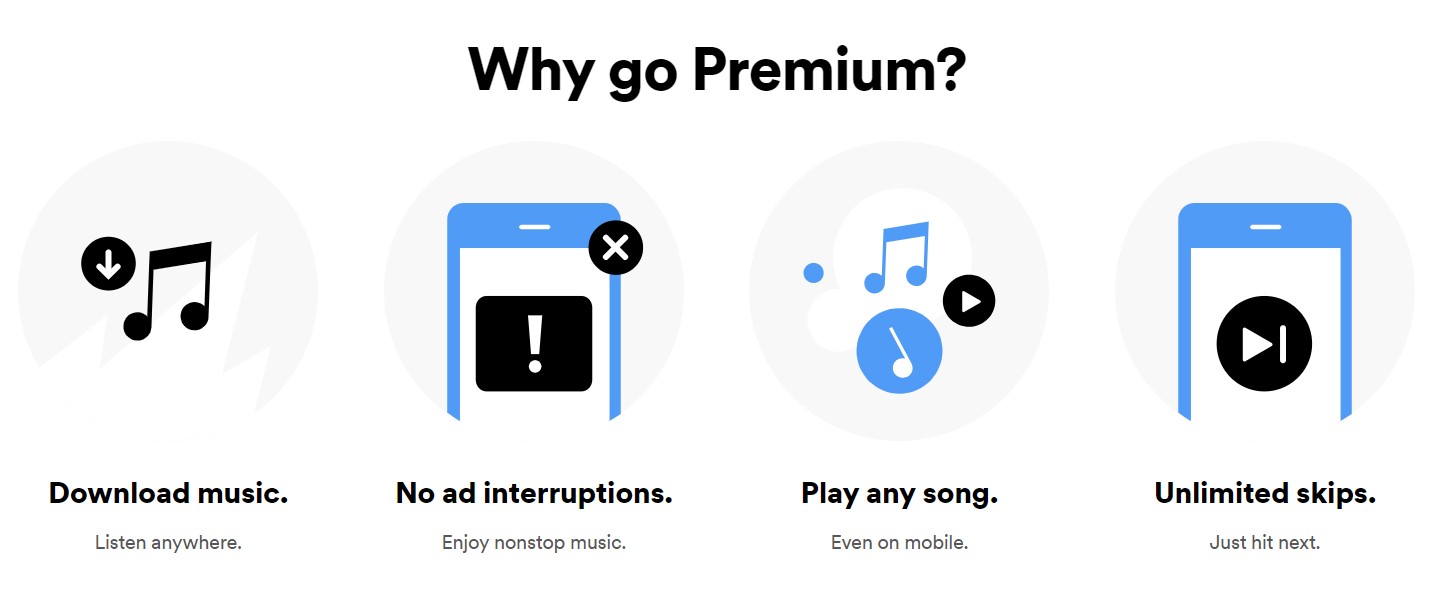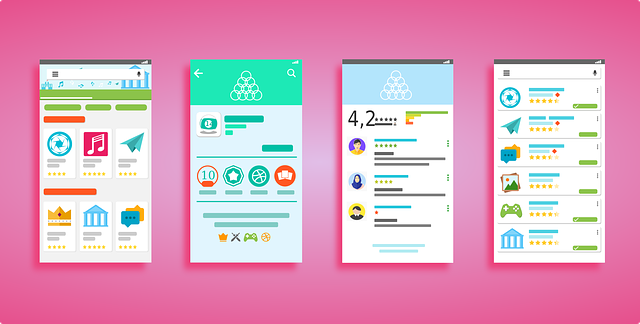Freemium is a pricing model where users can access a product or service for free, usually with fewer features or advertising, and then users can pay to get access to a more premium product. The term was coined by venture capitalist Fred Wilson and then it entered into the marketing jargon thanks to Chris Anderson in his book FREE: How today’s smartest business businesses profit from giving something for nothing. Examples of this business model can be Spotify, that allows users to listen to music for free if they don’t mind having ads, and then the premium version is ad-free and with enhanced features, such as the ability to listen to music offline. More recently YouTube has introduced YouTube premium that basically is going back to the roots of the platform where you could just watch videos without all the annoying ads. They’re adding a few extras like YouTube music to compensate for it.
From a marketing perspective, a freemium pricing model poses several advantages for the company and its customers. One of the main barriers to adoption of new technology relates to the perceived risks associated with using that technology. Will the service be as I expect it to be? Is it worth paying for it? A way to mitigate this barrier is by offering trials of the service, or in this case a completely free service. So from the company perspective having a freemium product enables marketers to see if their product has traction with users, and then devise strategies to convince them to pay for the paid version of your product. For users is also great, because you get to try the product and see if it meets your expectations.
A recent study published in MIS Quarterly was trying to determine if additional benefits could be derived from users moving from a free to a paid version of a product/service. For marketers, it’s been important to understand what factors can make users move from a free service to a paid one. Previous research has found that social engagement and peer pressure are important factors leading to paid services. For example, if a free user engages with other users on a platform, this socialisation can lead to users willing to engage further and pay for the premium version of the service. Interestingly, the study found that once users have paid for the service, this can lead to an increasing level of social engagement. This is a positive outcome for marketers as paying users can engage and influence friends that are using the free version, leading to a higher propensity of free users to convert into paying one.

How can marketers increase paying customers in a freemium model?
From these findings, it can be concluded that adding elements that allow socialisation and interaction among free and paying users can add significant benefits to the platforms using a freemium model. How this is implemented can take different forms. A platform might allow users to engage in conversations, but also socialisation can take more subtle forms such as being able to interact (e.g. follow, like) with other users.
Another way to increase the number of paying users when using a freemium model is to demonstrate a clear advantage from the free version. For example, Spotify restricts many of the features that free users can use, and therefore the added value of the paid version is sufficiently interesting for many users to move to the paid tier. Playing with pricing can also be a good strategy. From having accessible prices for students, to special packages for whole families.

